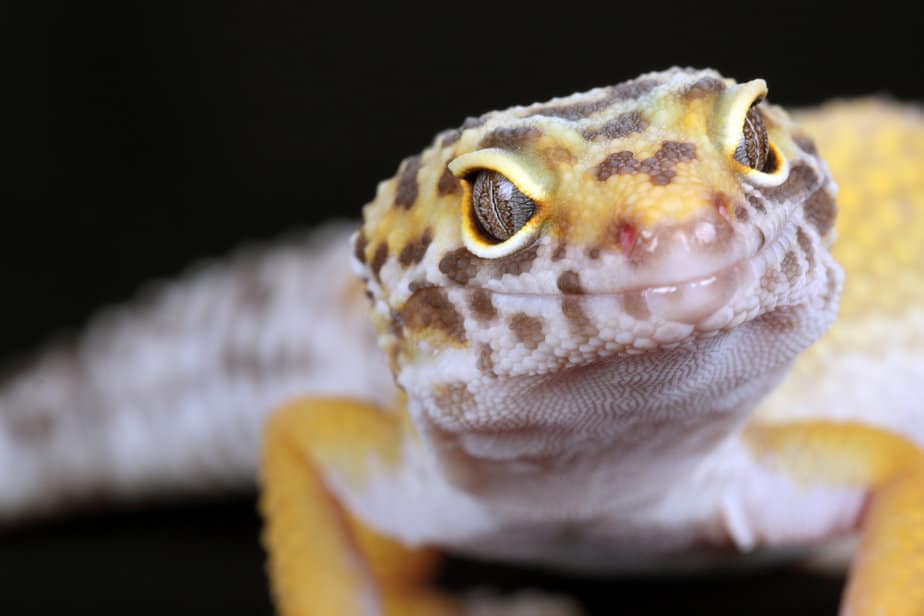Many leopard gecko owners have never even heard of calcium sacs. But they are a crucial part of your leopard gecko’s overall health and well-being.

What are calcium sacs?
They are armpit bubbles that contain calcium. They usually look like small air sacs or blisters and are located at the back of one of your Leo’s front legs.
How do Calcium Sacs form?
Calcium sacs form when your leopard gecko consistently ingests more calcium than it needs. They’re usually an indication that there’s too much calcium in your gecko’s blood, a condition known as hypercalcemia.
Should you be worried?
The presence of calcium sacs isn’t something that should worry you. After all, these sacs are usually painless.
However, calcium sacs can come with other more serious signs of hypercalcemia:
- Problems with nutrient absorption
- Swollen and weak bones
- Propensity to injury
- Cardiac arrest
- Death
How to get rid of calcium sacs
To get rid of calcium sacs, reduce the amount of calcium you feed your leopard gecko.
This could be any calcium you offer them directly or add to their water.
You can even stop dusting their feeder insects with calcium for a while.
Avoid calcium rich feeder insects such as crickets, hornworms dubia roaches and phoenix worms.
Some feeder insects that are low in calcium or contain no calcium include:
- mealworms
- wax worms
- silkworms
- butterworms
- super worms
Keep in mind that not all armpit bubbles are calcium sacs. Some of them are filled with fat or other nutrients.
So if reducing the amount of calcium in your leopard gecko’s diet doesn’t get rid of the sacs, make sure to check in with your vet.
Whatever you do, though, don’t try to pop any of your leopard gecko’s sacs.
Also, always rely on a vet to confirm whether swelling is an armpit bubble.
Depending on your judgment can make you confuse abscesses for armpit bubbles. Similar abscesses can be from cricket/mealworm bites or thermal burns.
Abscesses resulting from thermal burns can be caused by a leopard gecko staying too close to heating lights or sitting on a hot rock. They can be painful.
How to tell whether your leopard gecko’s armpit bubbles are filled with fat
Leopard geckos who are obese tend to have armpit bubbles that are filled with fat. They also exhibit other obesity signs like:
- Fat in the belly and legs
- A tail that’s wider than the gecko’s body
- Fatigue and slow movements
- Disinterest in hunting
What types of calcium supplements contribute to calcium sacs and hypercalcemia?
No matter which type of calcium supplement you give your leopard gecko, it can still get hypercalcemia, even if you are just trying to treat the deficiency.
However, it’s easier for your leopard gecko to overdose on liquid calcium than powder or tablet forms.
This is because it’s easier for a leopard gecko’s body to absorb. It’s even absorbed faster than the calcium present in naturally occurring food.
When your leopard gecko ingests liquid calcium, it quickly moves through the digestive system and gets absorbed in the small intestine.
Final thoughts
When it comes down to it, ensuring that you regularly provide your leopard gecko with the right amount of calcium is paramount to preventing calcium sacs.
However, even if your leopard gecko does get calcium sacs, you can easily get rid of them by adjusting its diet. Ultimately, these sacs are just storage tools.
